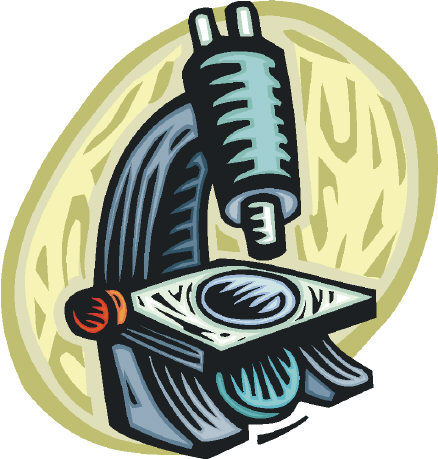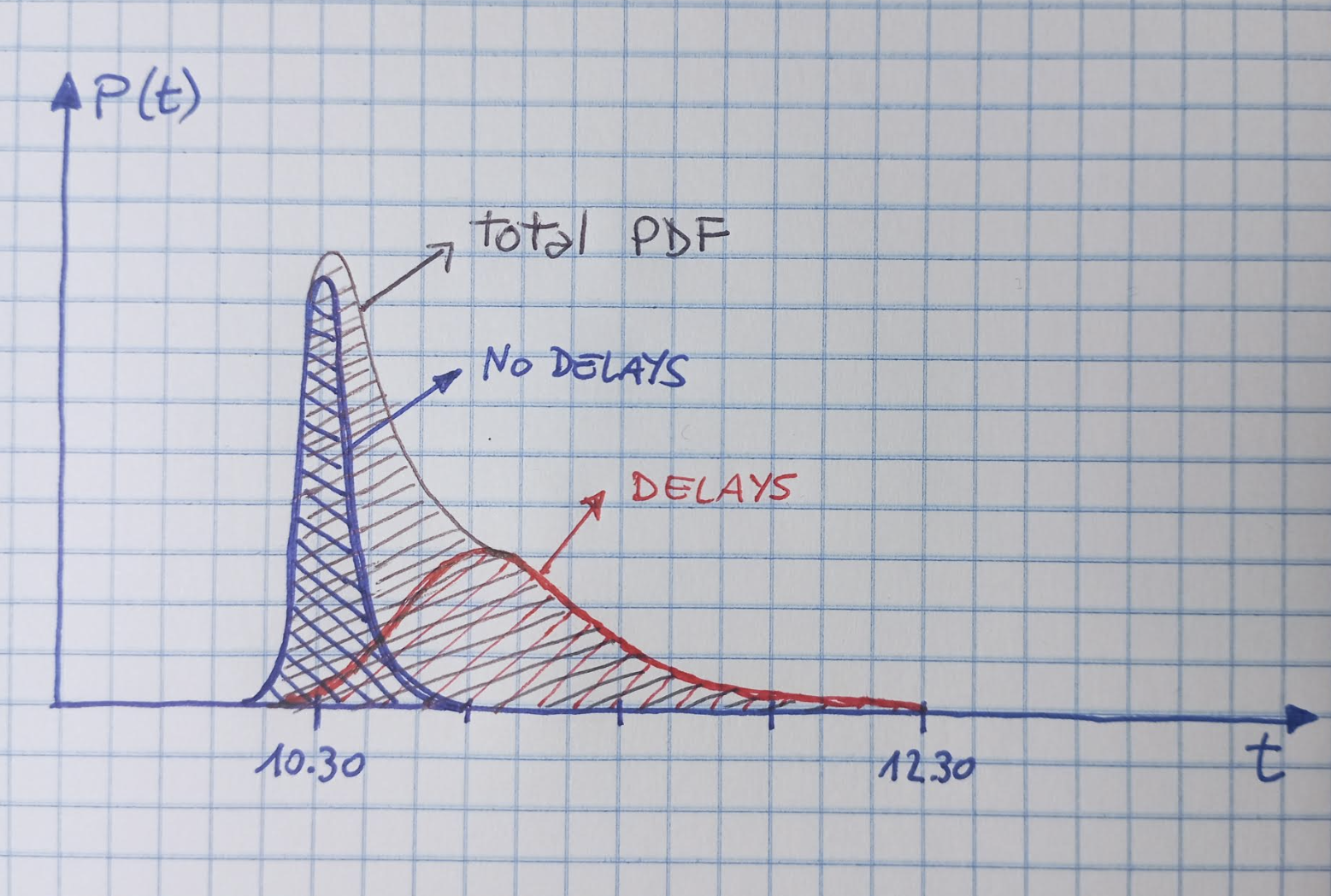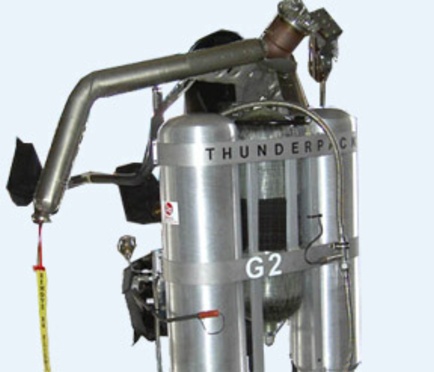A short note to mention that starting today, and until Friday, I will be blogging from the "Neutrino Telescopes" conference in Venice. This is a conference dedicated to the study of neutrinos, and will feature many interesting talks on high-energy physics and astrophysics. I will paste here some of the material, but if you are interested in the topic you should check out the blog site of the conference,
http://neutel11.wordpress.com/
The LHCb collaboration published on the Cornell Arxiv yesterday a preprint describing the observation of a rare decay of the B_c meson. In this landscape of failed SUSY searches, no-shows of new resonances in dilepton mass spectra, flat dijet mass histograms, and a general gloomy feeling that the Higgs is all we'll get this decade at the high-energy frontier, it is nice to turn to the beautiful little jewels that are still there to be unearthed in heavy meson spectroscopy.
Now that the first of the Moriond conferences is over, and just as the second one starts, it is time to have a detached view at the Higgs boson results presented there this far by the CMS and ATLAS collaborations, to summarize where we stand and what new information we have gained since last fall, when some new results appeared for the HCP conference.
Understanding and explaining how the Universe works has always been a ultimate goal for mankind. It is impossible to live our conscious existence without asking ourselves whether there is a meaning, a design, or if our existence is just the result of chance; and to avoid asking ourselves what happens after we die, if we will live again, and similar questions. Accepting our mortality is really hard without embracing a potential explanation, a hope, or some kind of faith.
Last week a new important paper appeared in the Arxiv: "
MSSM Higgs Boson Searches at the LHC:Benchmark Scenarios after the Discovery of a Higgs-like Particle", by M.Carena, S.Heinemeyer, O. Stal, C.Wagner, and G.Weiglein. The paper fills a void that was created after the discovery of the Higgs particle last July by the ATLAS and CMS experiments: a thorough assessment of what constraints on the allowed chunks of SUSY parameter space in the light of the existence of a neutral scalar at 125 GeV.
 The Problem With Peer Review
The Problem With Peer Review Interna
Interna The Probability Density Function: A Known Unknown
The Probability Density Function: A Known Unknown Summer Lectures In AI
Summer Lectures In AI 








